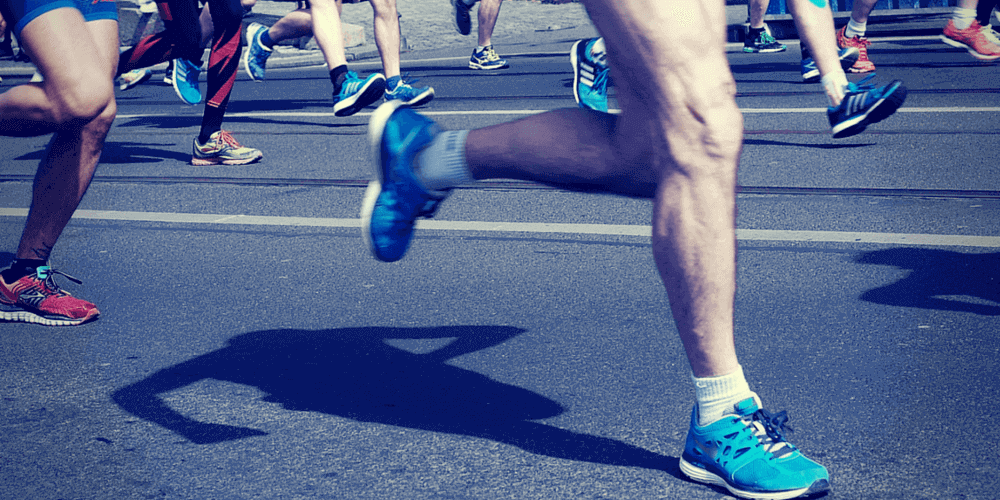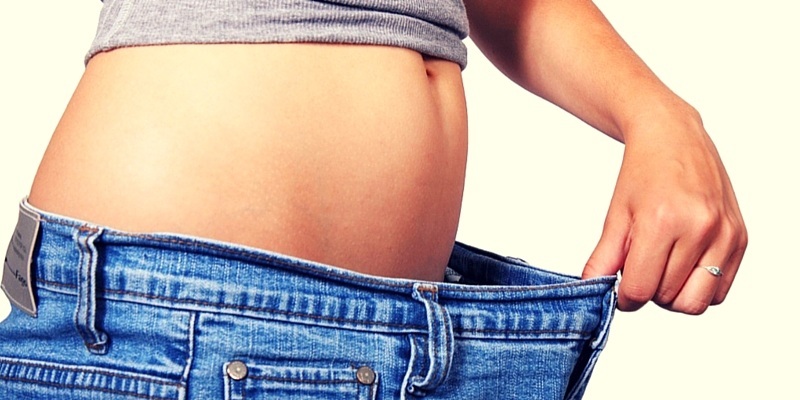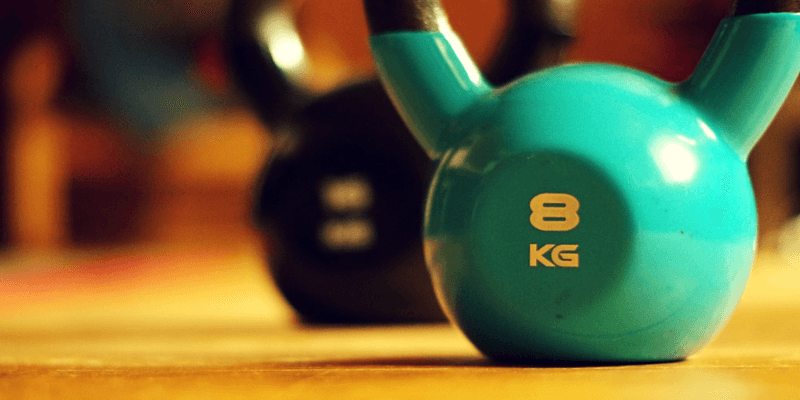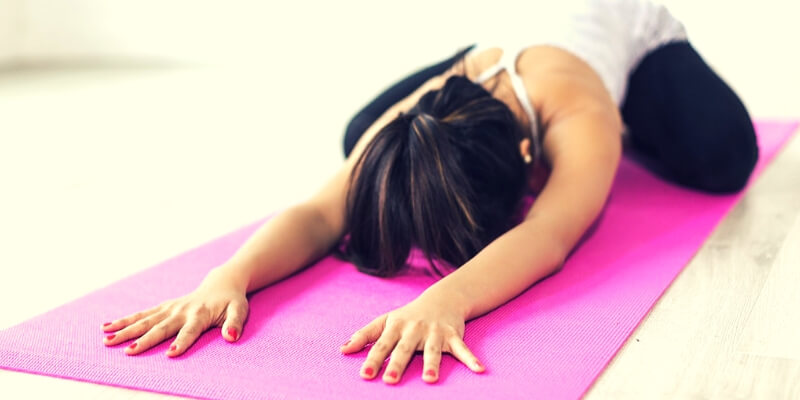It’s sort of become conventional wisdom at least among the bodybuilding community that if you’re trying to put on muscle you should avoid doing any sort of cardio.
Is there any truth to this? We all know cardio is good for our heart and overall health but despite this it’s still gotten a bad reputation because a lot of people seem to think that it won’t do much for your physique besides ruin your hard-earned gains.
Like all things in life, it isn’t so black and white that we can just call it “good” or “bad”.
There is a right way and a wrong way to incorporate cardio into your routine while trying to build muscle. If implemented correctly, it could be a nice complement to your weightlifting routine. On the other hand if you’re not careful it could end up sabotaging your efforts.
Let’s take a look at why conventional wisdom tells us to stay away from cardio in the first place.
Why Cardio Is Bad For Your Gains
(And Why That’s Not Entirely True)
The reason most people avoid cardio while trying to build muscle is because it produces counterproductive results. Cardio burns calories which is good if you’re trying to lose weight but in order to have any sort of muscular growth, you need to be eating at a caloric surplus (meaning you have to eat more calories than you burn).
Do you see the problem here?
By doing cardio, you’re making it harder for yourself to maintain that surplus.
Besides the fact they help you burn calories rather than gain, cardio workouts do very little on their own to help promote muscular growth because your body quickly adapts to the stress.
If you’re out of shape, the first and second time you run a mile might get you breathing heavily but the third time it becomes a little easier as does the fourth and soon you’ll be running a mile like it’s nothing. Some forms of cardio like sprinting will help you build muscle if properly utilized and you give yourself enough rest in between workouts but for the most part it’s very easy to over-train by doing too much cardio.
So you have to consider the type you’re doing because there is a very real possibility of breaking down muscle especially while doing steady state cardio in the form of long distance running.
In fact, running for no longer than 30 minutes a session, 2-3 times per week seems to be the ideal amount in order to preserve muscle and still gain cardiovascular benefits. One study found that running for longer than 45 minutes in a single session breaks down muscular tissue. Another study found that doing any more than three sessions per week for 25 minutes each will impede muscular growth.
This is because long lasting cardio sessions increase the hormone cortisol which limits muscular growth and decreases your testosterone levels — bad news for building muscle. How bad is the cortisol increase? After a marathon your cortisol nearly doubles while your testosterone gets cut in half.
Also remember, your muscles grow in between workouts not during. If you don’t give yourself enough time to properly recover and keep taxing your body with heavy cardio sessions you’re making it harder for your body to fully recover.
So is it a good idea to be running long distances while trying to build muscle? Not really unless you like making things hard on yourself. The more you run and the greater the intensity, the longer it will take for your muscles to recover because you’ll be placing more stress on your body.
This doesn’t mean it’s impossible to still gain muscle while doing intense cardio. Look at how jacked Olympic sprinters are. It’s definitely possible.
Yes most people aren’t Olympic level sprinters. But as we said before, there’s a right and a wrong way of doing cardio while trying to build muscle. Now let’s take a look at how it can actually HELP your muscle gaining efforts.
Why You Should Make Cardio a Part of Your Muscle Building Routine
It Helps With Muscular Recovery
Okay we did just say that cardio makes recovery tougher. But that was doing it the wrong way!
Here’s the right way:
You know how sometimes after a workout maybe a day or two later your body feels really sore? This is called DOMS (delayed onset muscle soreness) and it usually takes a few days to go away on its own. Researchers at California State University in Fullerton found that if you performed a moderately intense session of cardio on a stationary bike for 20 minutes after strength training, it speeds up the recovery time of your muscles. This is because when you do cardio, it increases blood flow which in turn helps rebuild damaged and sore muscles quicker by removing waste products and increasing their supply of valuable nutrients.
This effect is mostly seen on the lower body so it comes in especially handy on leg day after killing your legs with some squats. To get the same effect on your upper body you’d have to do cardio that makes use of it so maybe do some shadowboxing or head over to the rowing machines — anything that gets your blood moving up there will be beneficial.
It Can Increase Your Appetite
We all know you have to eat big if you want to get big. But what about those of you who can barely get enough food without feeling like having to throw up? Well light sessions of cardio actually seem to increase ghrelin, the “hunger hormone” which will open up your appetite and help make reaching your calorie goals for the day easier.
Note that you should be increasing your protein and calorie intake anyways just to be safe and protect your body from cannibalizing your muscle while doing cardio.
It Improves Insulin Sensitivity
Studies suggest the more cardiovascular exercise you get the more it improves your insulin sensitivity.
Improving insulin sensitivity is a good thing especially for “hardgainers” (people who just can’t seem to put on any muscle, think the ectomorph body type) because being resistant to insulin — meaning your body doesn’t respond well to the hormone as seen in diabetics — discourages muscular growth and encourages fat storage.
So that means by doing cardio your body will become better at absorbing the nutrients you eat and using them to build muscle rather than keeping them as fat.
By the way you have options other than just jogging or sprinting for cardio. Cycling according to one study does a better job of preventing muscle loss than running on a treadmill. It’s also better at getting your legs stronger but not as good at burning fat as running is. This is likely because it mimics the multi-joint movement of leg exercises like squats and leg presses which develops strength. If your goal is to build up your lower body, cycling would be the best form of cardio to do and it could be a nice compliment to your routine.
Then you have HIIT (high intensity interval training) which has been found to naturally boost not only testosterone levels but also growth hormone.
How to get the greatest benefits? Shorter rest periods, and more exertion. A simple session consisting of six 35m sprints with 10 seconds of rest in between was found to improve the physical performance of wrestlers without causing them to overtrain.
Overall their interval training lasted only about 4 minutes and was done twice a week but that was enough to provide an improvement over the control group with higher testosterone levels and an increased VO2 max.
The Final Verdict: Cardio… Yay or Nay?
Building up an impressive physique is certainly possible while still doing cardio but it does make things harder.
For the most part as long as you watch out for these two major issues:
- Overtraining (resting and good sleep become that much more important)
- Reducing your calorie intake too much
You’ll be fine.
You should also remember to:
- Keep your cardio sessions short (< 30 min.)
- Increase your protein intake
- Not do any on an empty stomach (you want to burn carbs and fat not muscle).
If you can find a way to sneak cardio into your routine and reap its heart healthy benefits while still putting on muscle then that’s ideal.
That’s why when it comes to bulking, we say “Yay” for cardio. As long as you do it the right way, you’ll see its rewards.
What do you think? Do you avoid cardio like the plague? Do you start sweating when you see a treadmill (for all the wrong reasons)? Is cardio already a part of your routine? Let us know @maxmylooks.




